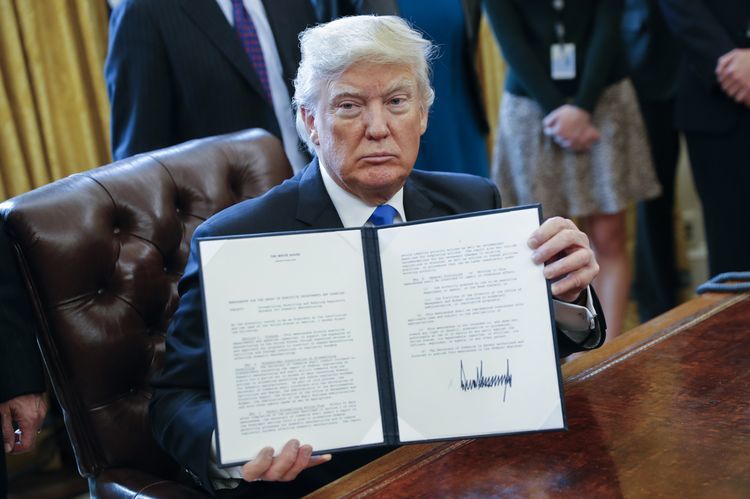
Leading energy lawyers say clients have enquired whether the government’s windfall tax would withstand legal challenges, as the consultation process draws to a close.
Speaking during a briefing on the impact of the Energy Profits Levy and the wider state of the energy mergers and acquisitions (M&A) market on Tuesday, lawyers from Bracewell LLP said they had been approached by clients keen to understand whether the new tax measures would withstand legal contest.
Unveiled in late May, the levy would see an additional 25% tax on UK oil and gas profits imposed on top of the existing 40% headline rate, taking the combined rate of tax on profits to 65%.
Bracewell partner Alistair Calvert said: “We’re getting queries from clients about some of the legal implications of the windfall tax, and pertinently, whether or not it might be capable of challenge.”
He said this was a route being considered by some businesses, “particularly overseas investors who might look to explore investment treaty protections.”
For now, he suggested that investors would “keep an open mind” as to how any potential challenges may be brought.
“The focus at the moment is on lobbying from companies and business groups trying to understand proposals,” he continued.
In that regard, he said implementation of the final measures would be “watched carefully” – particularly as investors look to firm up some of the uncertainties identified during the consultation process such as the price-dependent sunset clause and how tax relief provisions will work in practice.
Last month Chancellor Rishi Sunak said the levy would end when oil prices return to “historically more normal levels” – prompting industry questions on what exactly that means.
Following a meeting with industry representatives last week, Mr Sunak told Energy Voice that it was “hard to put a specific figure on it” but that long-term averages suggested prices of $60-70 per barrel.
Mr Calvert said clients were also concerned as to the impact of windfall measures on other portions of the energy sector.
“I think the focus is now turning to our clients in renewables and utilities, concerning whether the focus of the tax will remain on oil and gas companies, or whether it might be broadened out across the across the wider sector.
“It will be interesting to see the noises coming out of coming out of government and potentially any clues coming out of the G7.”
Incentives unlikely to drive new spending
Meanwhile Alastair Young, partner and co-chair of Bracewell’s oil and gas projects practice group, was unconvinced that tax relief offered as part of the levy would be enough of a stimulus for new investment in drilling.
Under the proposals, oil and gas companies would receive a near-doubling of the investment allowance to 80% which, on top of other measures, would allow them to claim back 91 pence per £1 spent on new projects – a total relief rate of 91.25%.
“Oil companies don’t drill wells in order to obtain tax relief. Companies drill wells and conduct investment activities in order to be successful and make a significant profit margin,” Mr Young said.
“I don’t think that the availability of an allowance that is less than 100% of a new tax is going to in itself encourage people to spend money that they wouldn’t otherwise spend.”
He said that most E&Ps will have already decided which wells and investments will be committed over the next two years, and are unlikely to have made those decisions to obtain such tax relief.
“If there is a well that makes sense to drill, it’ll probably get drilled, and that company will benefit from the allowances that come from that expenditure.
“But if it wasn’t otherwise going to be drilled, I don’t think it’s going to be drilled because of these allowances.”
Recommended for you
